When people think of Dutch food, they often picture cheese and maybe a cone of fries, but everyday meals go further than that. 10 Great Dutch Recipes gives you a snapshot of the plates that keep showing up in Dutch homes, cafés, and snack bars. Many households still follow a simple pattern of bread-based meals during the day and a hot plate of potatoes, meat, and vegetables—an “AVG’tje” in local shorthand—at night. That mix of bread, potatoes, meat, and dairy runs through a lot of the dishes you’ll see here.
In 10 Great Dutch Recipes you can expect the kind of comfort food that fits cold, wet evenings. Stamppot, a mash of potatoes with vegetables such as kale, carrots, or endive, usually comes with smoked sausage or bacon and is widely cited as a national favorite. Thick pea soup known as erwtensoep or snert is another winter standard, cooked with split peas, vegetables, and sausage until it sets up almost like a pudding. Alongside those you might place simple oven dishes, pan-fried meats, or a tray-bake of potatoes and seasonal vegetables to build a full Dutch-style main meal at home.
10 Great Dutch Recipes also leans on the snacks and street foods that visitors remember. Bitterballen—deep-fried balls of ragout—are common with drinks, as are croquette-style snacks and paper cones of friet topped with mayonnaise or other sauces. Raw herring served with onions, fried fish bites called kibbeling, and modern fast-food plates like kapsalon (fries baked with döner meat, cheese, salad, and sauces, first put together in Rotterdam in 2003) show how fish, meat, and potatoes turn up outside the home kitchen as well.
To round things out, 10 Great Dutch Recipes makes room for the sweet side of Dutch cooking. Stroopwafels, poffertjes “mini pancakes,” and thin pannenkoeken all appear regularly on lists of foods to try, often alongside deep-dish Dutch appeltaart and festive oliebollen doughnuts. These recipes give you options for breakfast, coffee breaks, and dessert using methods that fit a normal kitchen: basic batters, simple doughs, and stovetop or oven cooking. Taken together, the 10 Great Dutch Recipes in your post can help you lay out a full Dutch-inspired day of eating at home, from bread and soup to snacks and sweets.

10 Best Traditional Dutch Recipes From Holland
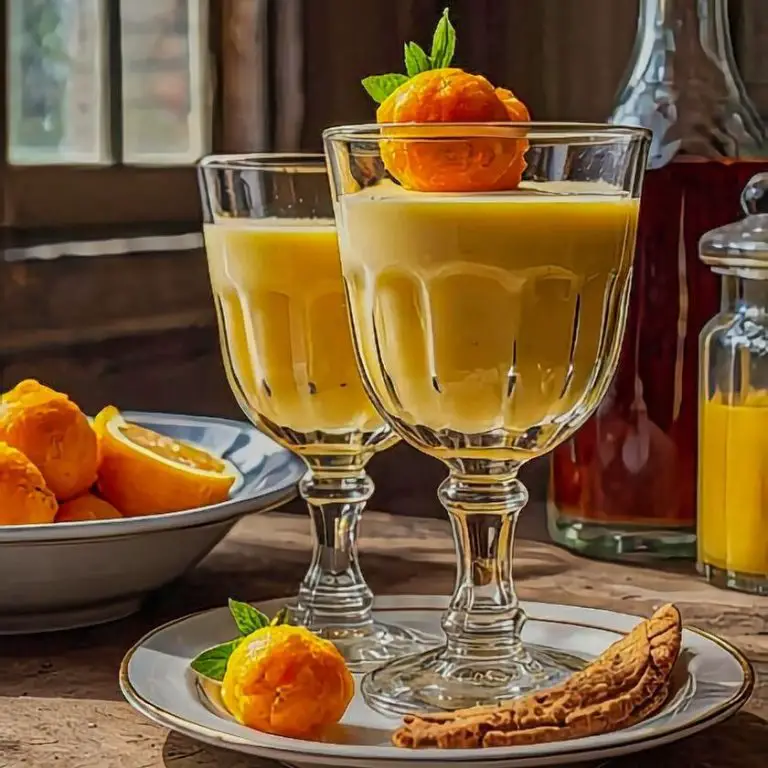
1. Creamy Advocaat Liqueur Recipe
The Dutch Creamy Advocaat Liqueur recipe was the star of one of the most enjoyable food tours I’ve ever experienced in Amsterdam. As we walked through the city’s cute streets, we were all eager to try the best places to eat, from secret cafes to local markets. One interesting thing, though, was learning from a local expert how to make the famous Dutch Creamy Advocaat Liqueur.
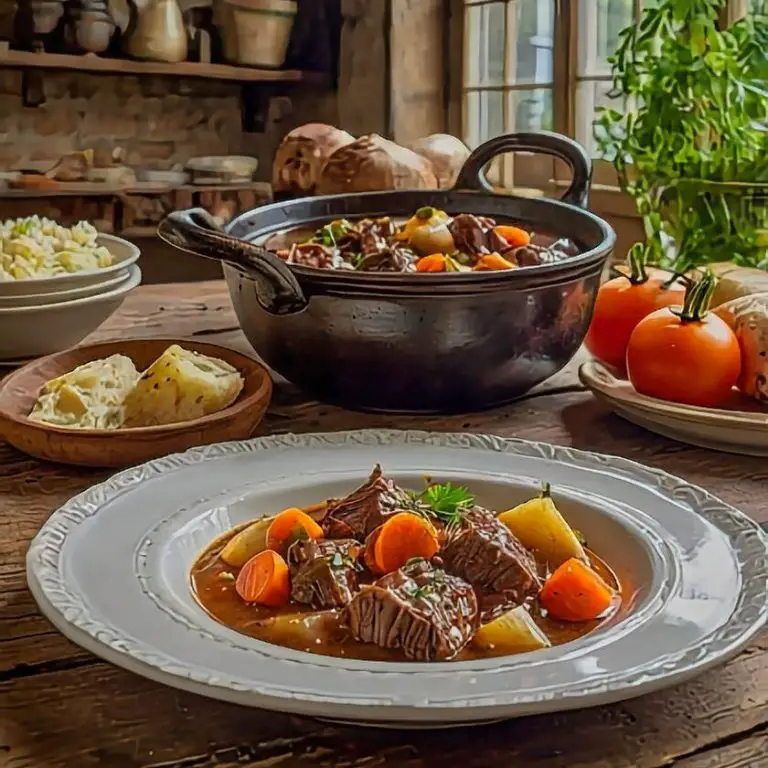
2. Hachee Stew Recipe
The Dutch Hachee Stew Recipe was the highlight of a Dutch and German cooking class I took during my trip to Amsterdam. Although the course mainly focused on a lot of German, we unexpectedly got to explore a traditional Dutch dish, and the Dutch Hachee Stew Recipe was really impressive. Our group came together in a nice kitchen, prepared to cook and learn as a team. The teacher helped us through each step, and soon the delicious smell of the cooking Dutch Hachee Stew Recipe filled the room.

3. Boterkoek (Dutch Butter Cake)
The Dutch Boterkoek Recipe was the perfect dish to explore during my homestay in Amsterdam. My hosts were really excited about traditional Dutch desserts, so they suggested that we bake this together one afternoon. I entered their kitchen, excited to learn how to make this buttery, almond-flavored dessert. While we prepared and baked, I collected useful tips that made the Dutch Boterkoek Recipe simpler to follow.
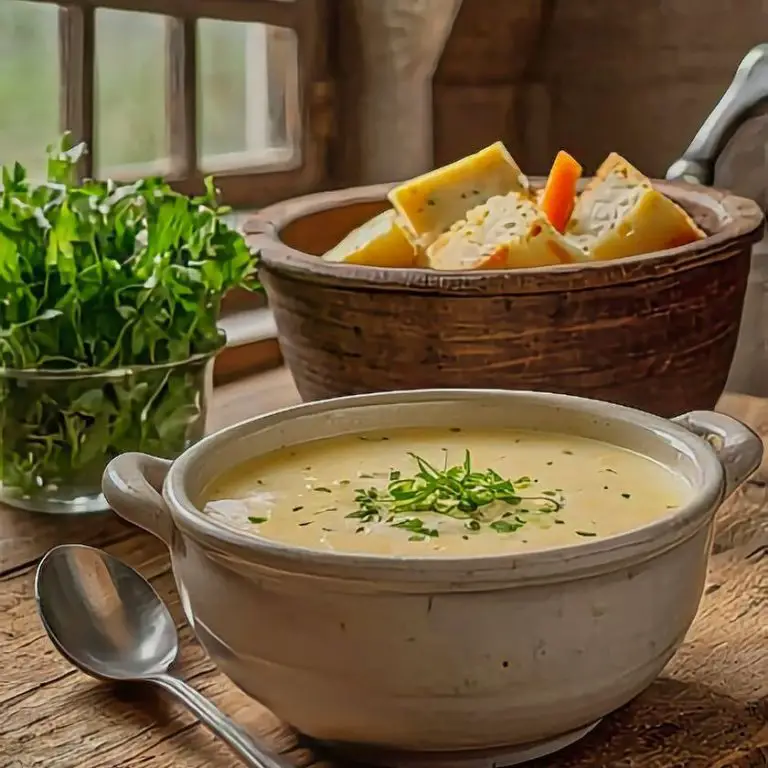
4. Farmer’s Cheese Soup (boerenkaas soep) Recipe
I learned to make the Dutch Farmers Cheese Soup Recipe On a recent trip to Amsterdam, I set out with a mission: to gather authentic recipes and take cooking classes for my food blog. One of the best experiences was learning how to make the Dutch Farmers Cheese Soup Recipe. This filling and warm dish, made with Dutch farmers cheese, quickly became one of my favorites from the trip.
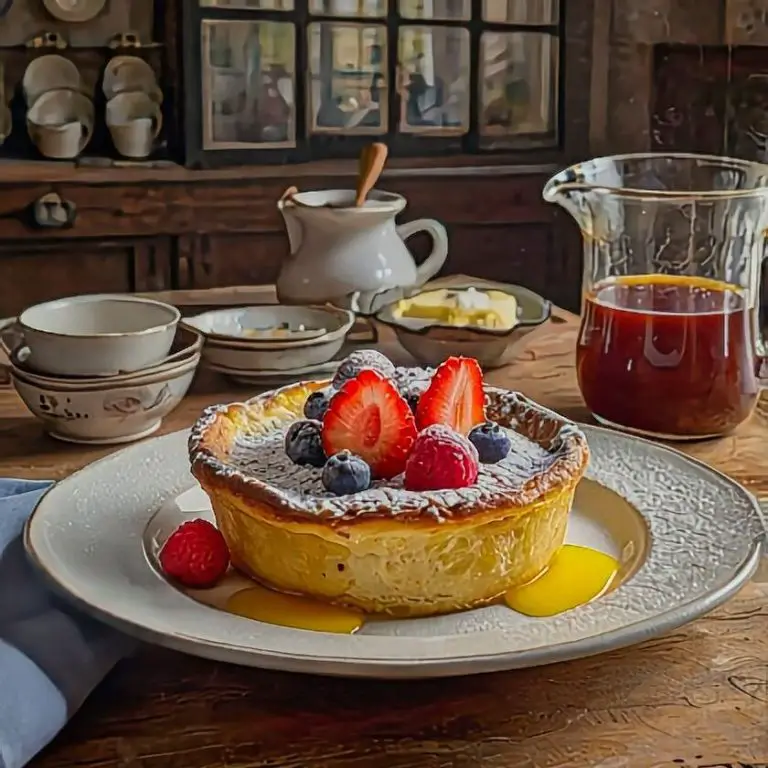
5. Dutch Baby Recipe
I learned to make the Dutch Baby Recipe during my trip to Amsterdam, I was staying at a cozy hostel and gathering recipes for my food blog. I know that the Dutch Baby is actually a German dish but it also had some roots in Holland as well. While there, I met a local Dutch girl who generously offered to teach me her favorite Dutch Baby Recipe. This puffed pancake was something I had heard of before, but learning how to make it firsthand made it an entirely new experience.
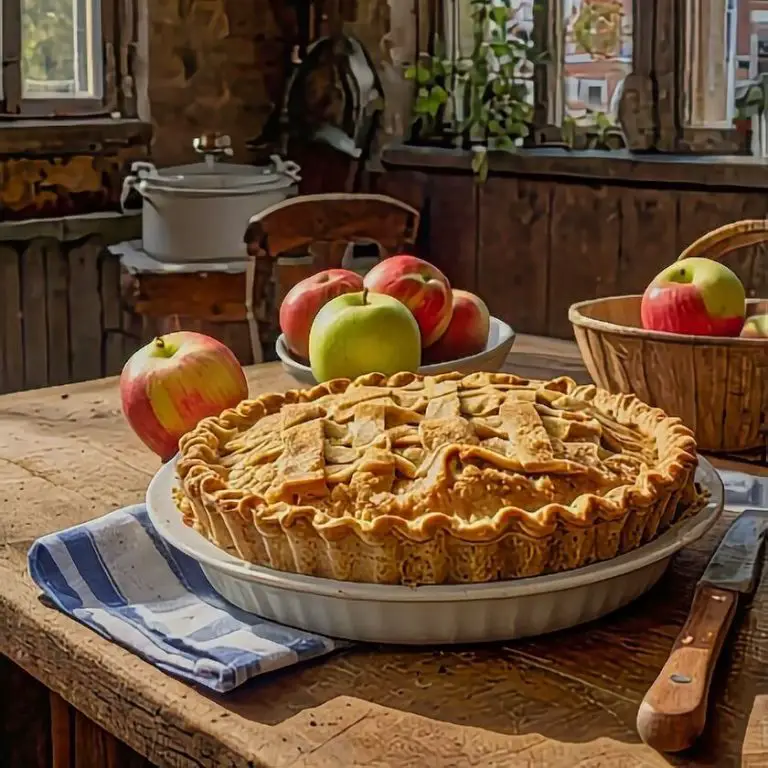
6. Dutch Apple Pie (Appeltaart) Recipe
The group began the day by going to a busy local market, where sellers showed fresh fruits and vegetables, baked items, and local specialties. For the Dutch Apple Pie Recipe, we saw the ingredients like apples, cinnamon, and butter in various stalls, discovering how important it is to choose good ingredients. Fresh apples, particularly the tart Granny Smith type, are very important for the flavor of the pie. Their sourness balances the sweetness of the sugar and spices, creating a filling that is well-rounded. Using pre-packaged or older apples does not provide the same bright flavor.
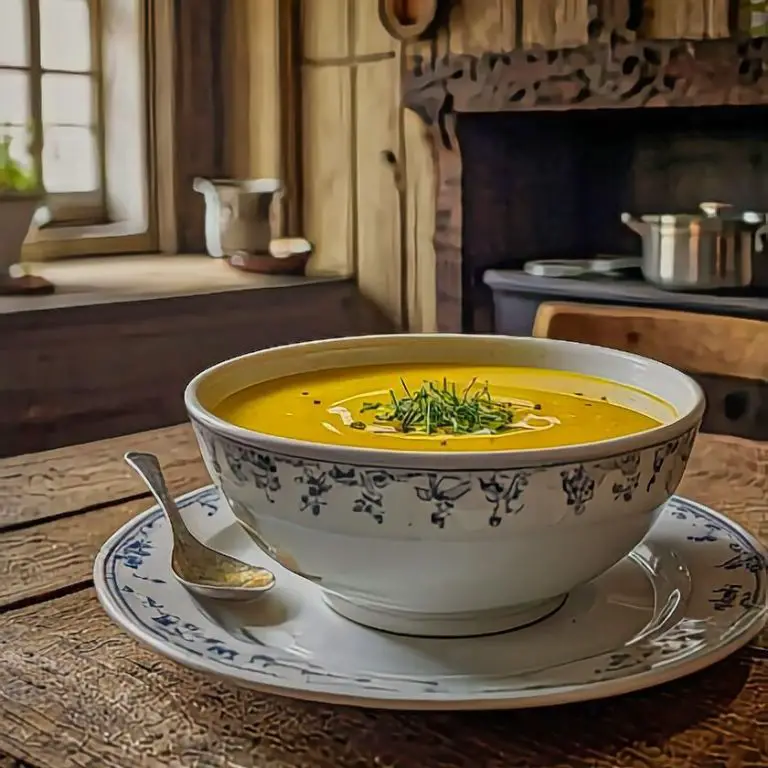
7. Dutch Musterdsoep or Zaanse Mosterdsoep Recipe
The Dutch Mosterdsoep Recipe became a highlight during a recent cooking class in Amsterdam, where a diverse group gathered to dive into the world of Dutch cuisine. The class was hosted in a cozy kitchen space filled with the smell of fresh ingredients. Using fresh ingredients was something that came up a lot during the class.
While getting ready to make the Dutch Mosterdsoep Recipe, we started by finding ingredients at local markets. The guide highlighted that using good chicken broth is important for creating a flavorful base. Making broth from scratch not only makes the soup taste better but also adds to its warmth and comfort. The group tried different broths and compared their tastes before choosing the best one for our dish.
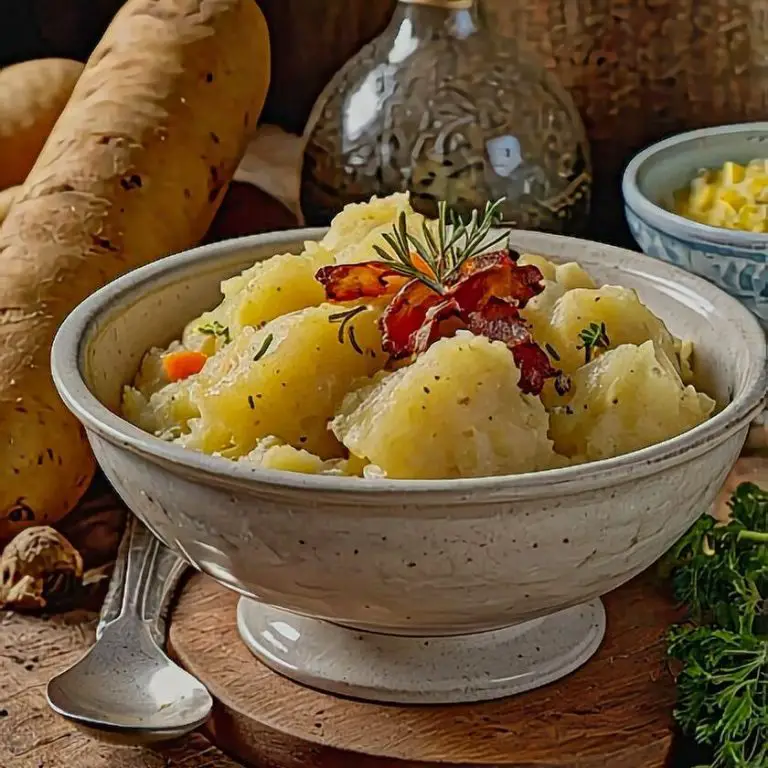
8. Dutch Stamppot Recipe
The process of making the Dutch Stampot Recipe started with a visit to a nearby market, where fresh ingredients were gathered. The bright green color of kale was really noticeable, and the smell of fresh potatoes was strong in the air. This step showed how important it is to choose good, fresh ingredients, which really improve the final dish.
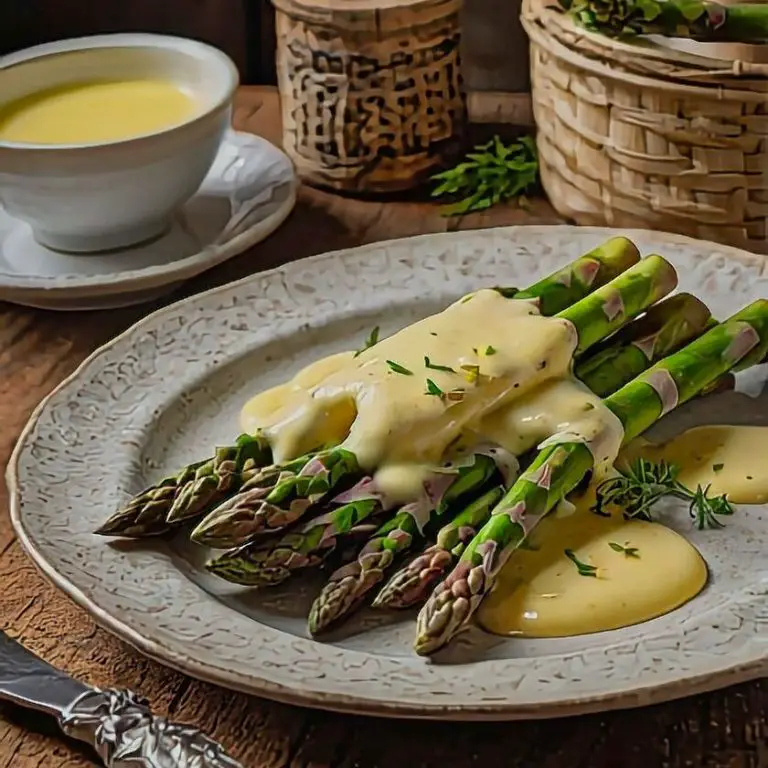
9. Asparagus with Vegan Hollandaise Sauce Recipe
The adventure started at a busy local market, where the air was filled with the smells of fresh fruits and baked items. The first step was to choose the best Dutch asparagus, which is recognized for its soft stalks and mild taste. Choosing the best fruits and vegetables showed how important it is to use fresh ingredients. The bright green color of the asparagus was noticeable, suggesting that it would improve both the look and flavor of the dish.
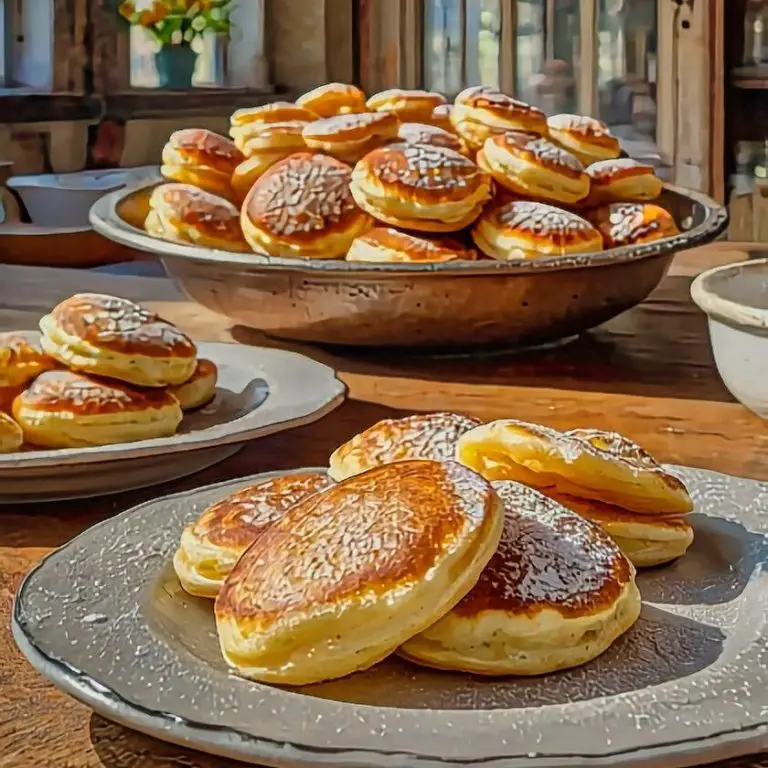
10. Poffertjes or Dutch Mini Pancakes Recipe
Poffertjes are delightful Dutch mini pancakes that are fluffy, buttery, and bite-sized. This traditional Dutch recipe involves making a batter with flour, yeast, milk, and eggs, which is then poured into a special poffertjes pan with small, shallow indentations. The pancakes are cooked until golden brown and puffed up, resulting in a soft and pillowy texture. Poffertjes are typically served with a dusting of powdered sugar and a pat of butter, making them a beloved treat in Dutch cuisine, especially during festivals and special occasions.ation

2 comments
Who else thinks the list missed out on the iconic Dutch Stroopwafels? I mean, come on, those caramel-filled waffle cookies are a must-have in any Dutch recipe roundup! #StroopwafelLove
I cant believe they didnt include Stroopwafels in the list! Its a classic Dutch treat that everyone loves. How can they forget such a delicious and iconic snack? Unacceptable!
Comments are closed.